Avocado trees are awesome. They're easy to grow and maintain, but of course, they can also be susceptible to some diseases and it can be problematic when your avocado tree bark starts to crack. But worry not! We researched what to do in this scenario.
Bark cracking on avocado trees is often caused by dothiorella cankers. If you have noticed a white waxy substance covering the parts of the bark quickly grab a sharp knife and scrape away the white powder. This is an aggressive disease of the bark that requires immediate attention.
In this article, we'll take a closer look at this canker disease, how to identify signs of it, and how to treat it. But there's more to discover! We'll also look at other threats to avocado tree health and how to deal with them too. Keep reading below to find out more.
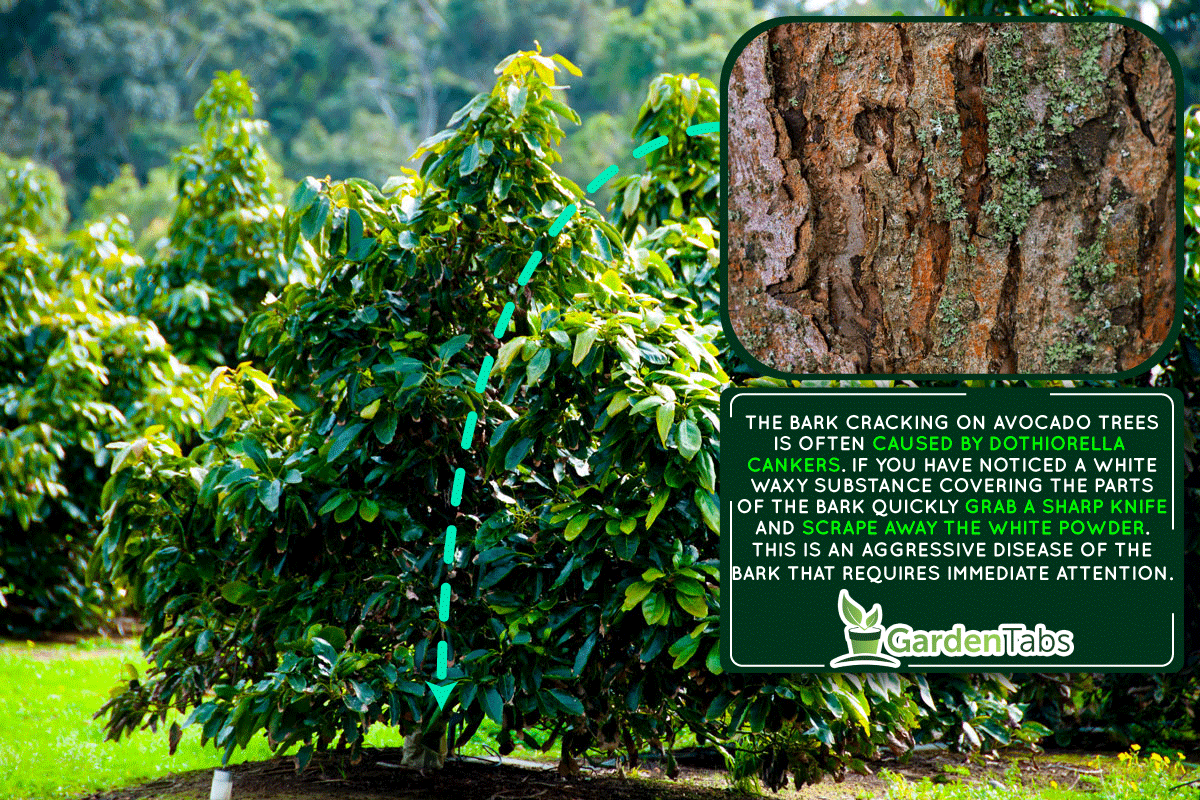
What Causes Avocado Canker Disease?
Botryosphaeriaceae fungi are the top suspects for causing branch cankers on avocado trees and a number of other hosts. The pruning wounds on the tree's trunk or branches are where the spores infiltrate and initiate the infection.
More frequent pruning can increase the dissemination of the pathogen between the trees which may lead to a rise in canker infection and a possible loss in yield due to the need to prune out infected branches.
Rainy conditions also encourage spore production and infection. When spores of the disease are carried by air and rain, they land on the tissue of infected trees.
The most common cause of Fusarium wilt by far is poor irrigation or extensive periods of drought. This is because the fungus lives in the soil, colonizing it when water stress is high.
The next most likely cause is low-quality irrigation water, as this provides long periods without flow for the roots to dry out. Nutritional deficiencies are also a problem for young plants but less so for established trees. These may be exacerbated by insect and mite feeding.
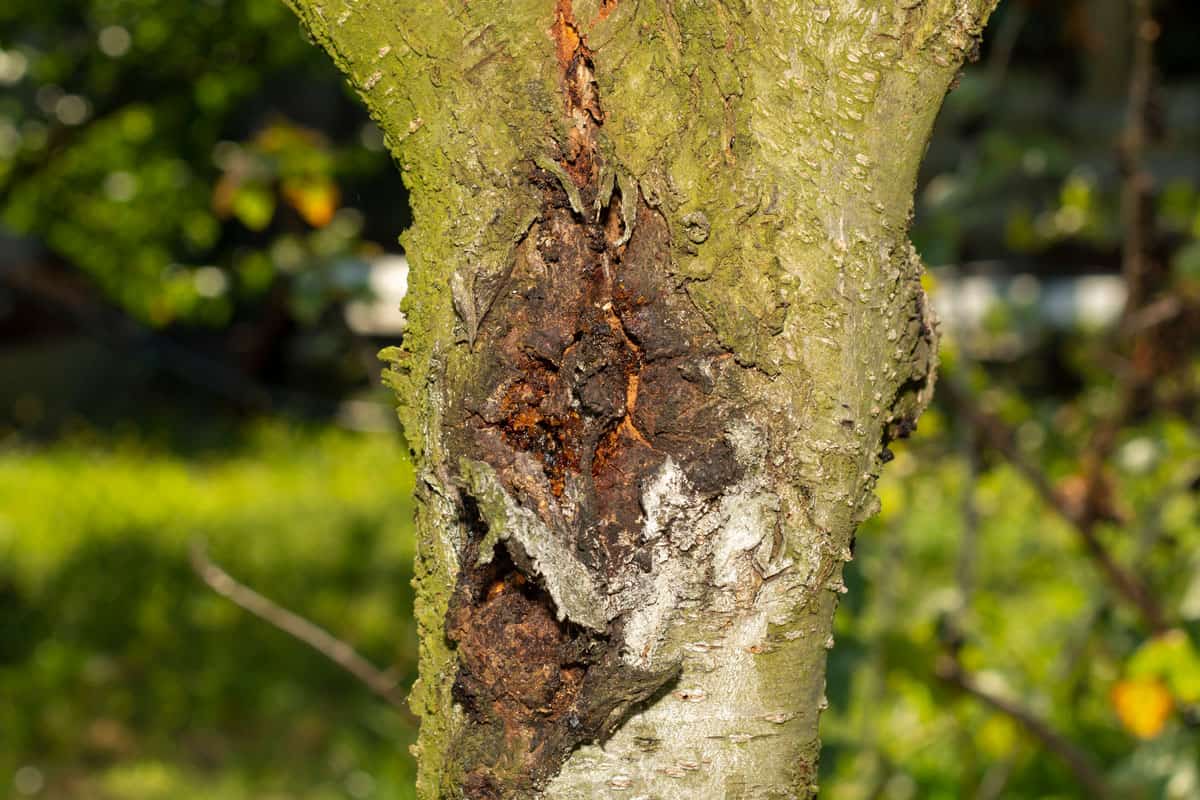
Examine The Avocado Tree For Wilted Leaves
Avocado trees are beautiful, but they're also susceptible to disease. If you see that your avocado tree is suffering from leaf drop or poor growth, check for other issues too. Mushrooms at the base of the tree are a sign of potential decay, and loss of general vigor can likewise indicate a problem.
You may have one or more fungal diseases. To treat fungal leaf spots, apply a premixed fungicide to the affected areas, following label instructions.
Fumigating the soil around the tree can also help remove the rotting area. Unfortunately, it's harder to reverse after the rot has set in. Planting nearby plants that are resistant to rot such as citrus, vegetables, and annual flowers can help prevent the reoccurrence of this condition.
Look At The Tree’s Fruit Bearings And Its Maturation.
Avocado trees need to be fertilized throughout their lifetime in order to grow properly. The best time to fertilize an avocado tree is when it's one year old, so if your tree has been around for a few years and hasn't been getting regular feeding, it might be time to give it some nutrients!
To treat avocado black streak, you should fertilize the avocado tree when it is one year old. You can use pellet form fertilizer four times per year, liquid form fertilizer two times per year, or tablet form fertilizer once per month throughout the year.
Using A Chemical Root Treatment
Avocado root rot is a fungal disease that attacks the roots of avocado trees, causing them to dry out and die. The disease is difficult to treat, but there are some things you can do to help keep your tree healthy and prevent it from becoming infected.
The best way to prevent root rot is by using Phosphonate fungicide prevents root rot by killing off the fungus before it has a chance to grow on your tree's roots.
Sunburn
Avocado tree bark cracking is a common problem that can lead to the death of your tree. Avocado trees are sensitive to sunlight, so when their bark is exposed to direct sunlight, it will burn and crack.
The California Avocado Commission suggests that you paint the trunk and larger limbs white to protect the sensitive bark. Start by diluting a white latex paint with equal parts water, and then generously paint it on. You could also use the fungicide Fosetyl-Al (Aliette®) as trunk paint instead.
It's highly suggested to do an observation on your avocado tree after the treatment. If the tree does not recover after a few weeks, contact an arborist for further advice.
How To Take Care of An Avocado Tree
Avocado Trees are known for their easy maintenance, but that doesn't mean you should take them for granted.
If you want your tree to thrive, it's important to keep a few key things in mind. First of all, trees need plenty of water—at least once or twice per week—and they should be kept well-watered until the soil dries out. You should also avoid fertilizing your tree in its first year because fertilizer can burn roots and cause damage.
And finally, Avocado Trees have one major pruning requirement: in late winter or early spring, you'll need to trim away dead wood from the tree by cutting off any branches that are browning or dying. If you want to maintain a certain height on your tree, trim lightly by cutting off just the tallest protruding branch.
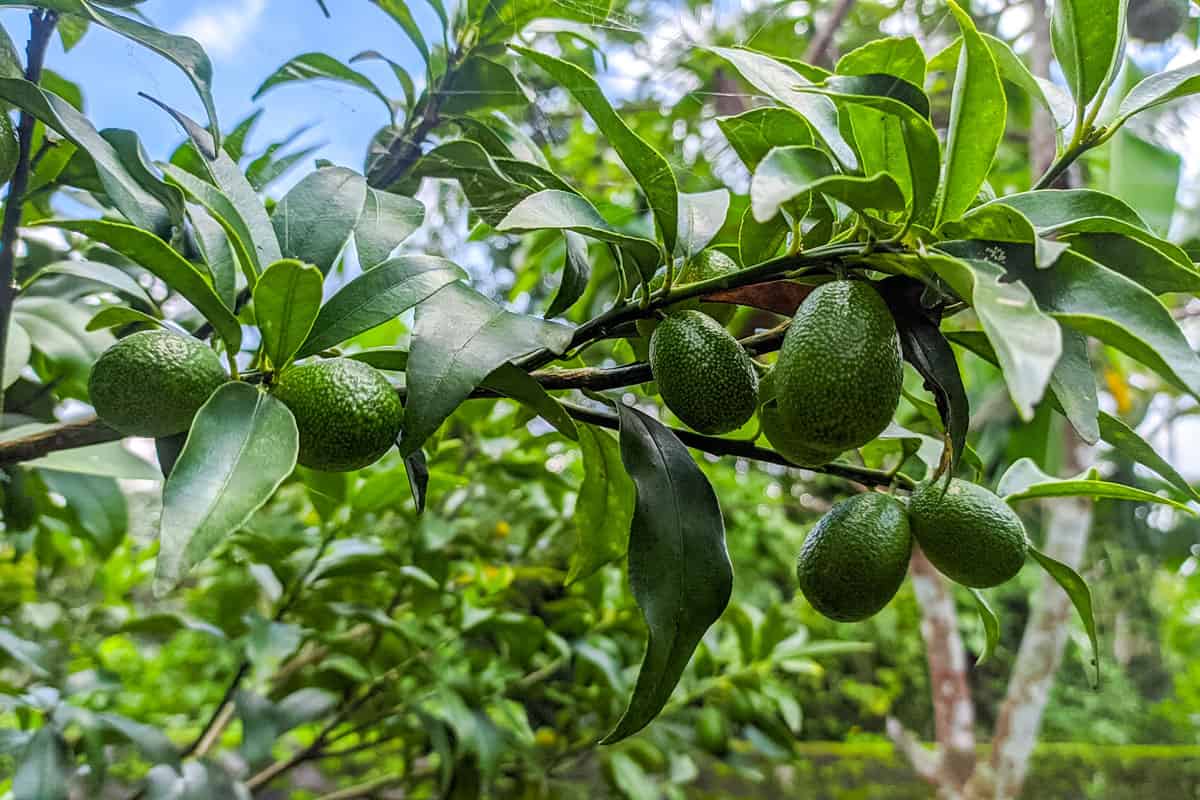
How Long Does It Take For An Avocado Tree To Grow?
Growing avocado trees is a wonderful and rewarding experience for new and experienced gardeners alike. They are easy to care for and it is a satisfying experience to have made them grow. Like with most trees though, the key is patience. If you're starting the process with a tree, then you'll only have to wait three to four years for it to bear fruit. Starting with a seed, however, you may have to wait 13 years or more.
One of the reasons why avocado trees are great is their long lifespan. Some reports claim that avocado trees can live up to 400 years. An avocado tree can keep fruiting for many decades after reaching maturity.
Harvesting Avocado Fruits
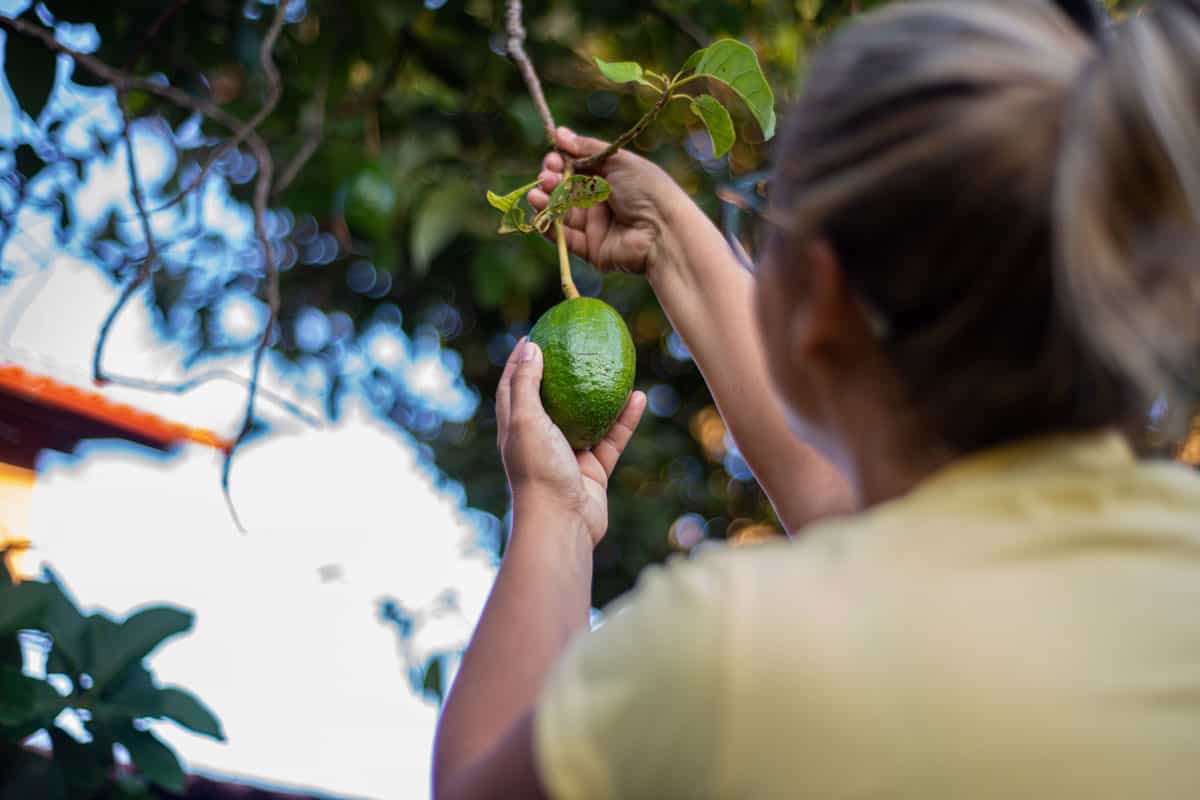
Avocado fruits are awesome and that is probably one of the reasons why one would try to grow an avocado tree. The fruits are tasty and packed with health benefits, too! They go great with a lot of things and can add a lot of delicious flavor to your meals. But how do you know when it's right to pick them? We'll talk about that here.
Knowing when to harvest the avocado fruit depends on what variety it is and where it's located. People mainly consider avocados to be summer fruits. However, some varieties can be ready for harvest in February but can also go as late September. Weather, fertilization, and the tree's bearing pattern can factor into its harvest time.
You can begin picking the fruits once you've noticed that some of the full-grown fruits have started to fall. This usually means that the fruits are ready for harvest. Of course, you will still have to consider that there are various stages of maturity for the fruit on the tree at any one time. You can of course pick the largest fruits out of the bunch as it usually means that they are the most mature.
How To Tell When An Avocado Fruit Is Ripe
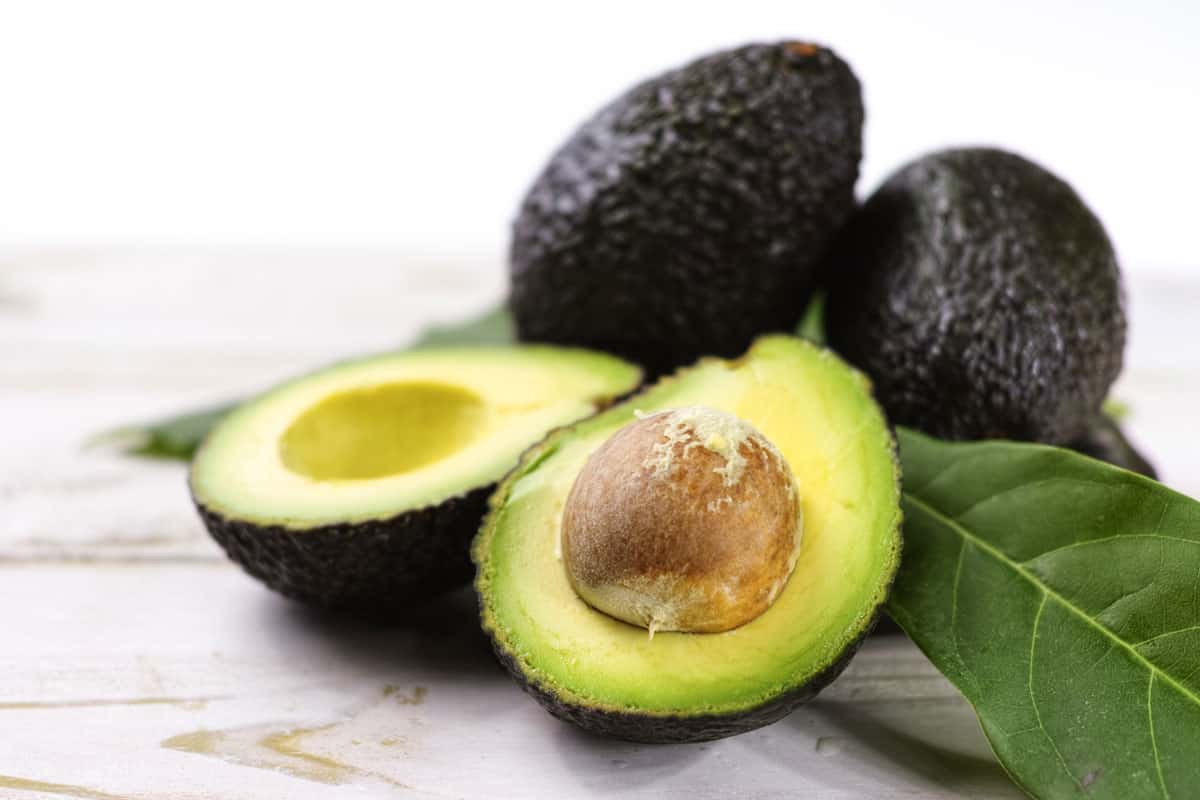
Avocado fruits are peculiar. Unlike most fruits, avocados actually ripen only after they are picked from the tree. If you don't intend to consume a whole bunch of them after picking them, then the best place to leave them is the tree branch. You can leave it at room temperature and it should start to ripen on its own.
There is a way to speed up the ripening process of your avocado fruit, though. The best one is to wrap it up in a paper bag. The reason behind that is that after picking, avocado fruits release ethylene gas. Trapping the fruit in a container where there is a concentration of ethylene gas will speed up the ripening process. Doing so will cut the ripening time in half.
Once the avocado skin turns to a darker shade of green, give it a gentle press and if they have softened, that means that your fruit has ripened. Enjoy your avocado!
In Conclusion
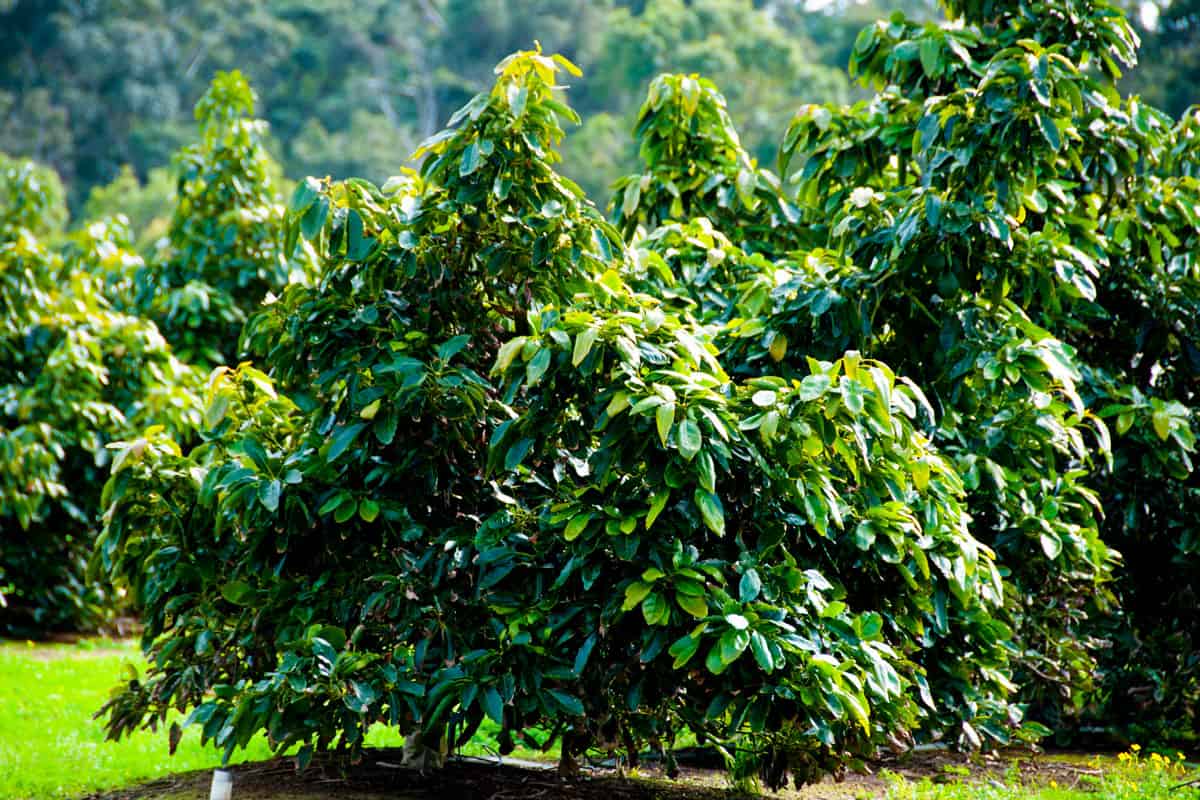
Avocado trees are one of the best trees to grow even if you are just starting out gardening. They bear wonderful fruit and even look good as just an ornamental tree. Although generally easy to maintain, they can still have their share of problems.
We have learned today that the likely reason why your avocado tree's branch is cracking is because of dothiorella cankers. We've also enumerated some other reasons as to why this might be happening and how to prevent it. With the right care, you can enjoy your avocado tree for many decades to come!
If you've enjoyed this post, you can check out many other helpful topics like it:
5 Best Fertilizers For Citrus Trees
Can You Put River Rock Around Trees?
Source links:
https://www2.ipm.ucanr.edu/agriculture/avocado/branch-canker-and-dieback-formerly-dothiorella-canker/
https://homeguides.sfgate.com/treat-avocado-disease-86633.html
https://www.daf.qld.gov.au/business-priorities/agriculture/plants/fruit-vegetable/fruit-vegetable-crops/avocado/pests-and-diseases-of-avocado-crops
https://www.garden.eco/how-long-does-it-take-to-grow-an-avocado
https://gregalder.com/yardposts/how-long-until-an-avocado-tree-fruits/
https://www.californiaavocadogrowers.com/growing/cultural-management-library/root-rot
https://www.gardeningknowhow.com/edible/fruits/avocado/tips-for-picking-avocados.htm
https://ceventura.ucanr.edu/Com_Ag/Subtropical/Avocado_Handbook/Harvesting/When_to_pick_avocados_/
https://www.epicurious.com/expert-advice/how-to-ripen-avocados-fast
